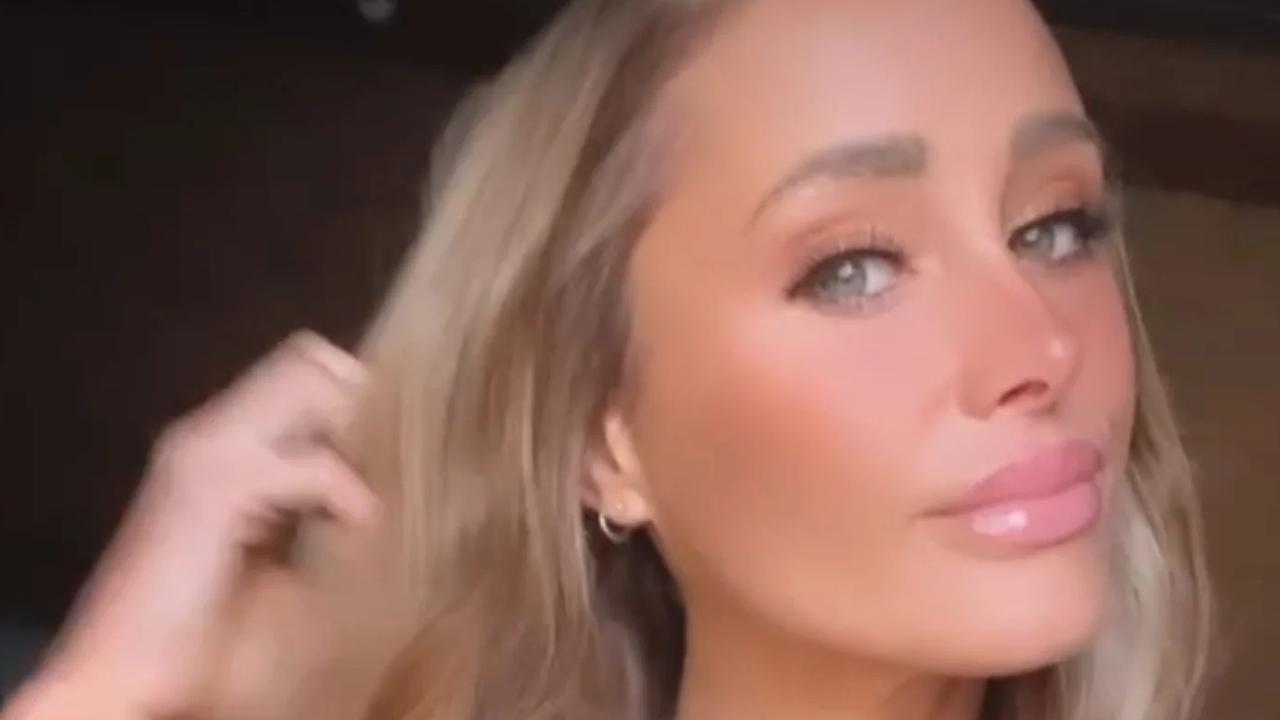Modern-day witchcraft is on the rise in Australia as support for organised religion plummets
A new “religion” is rapidly becoming mainstream, with tens of thousands of Australians suddenly embracing the exploding trend.

Lifestyle
Don't miss out on the headlines from Lifestyle. Followed categories will be added to My News.
Dressed head-to-toe in black, Owlvine Green’s fingers hover over a steaming cauldron as a cat looks on, ominously.
Candles flicker, casting eerie shadows on the wall. Incense smokes, and a spell book — filled with mystical, arcane symbols — is laid open in front of her.
It’s a scene that wouldn’t look out of place in a Harry Potter film. But this isn’t a movie. This is an unassuming home in suburban Melbourne, and Owlvine is a real-life witch.
“We’re everywhere — young and old, in the inner city and out in the middle of the bush,” the 36-year-old told news.com.au.
“You could be sharing a desk with one of us, or living on the same street.”
From the Wizard of Oz to The Craft, the black-caped, cackling witch has been a fixture in popular culture — sand a subject of fascination and fear — for centuries. But if you think that these magical beings belong only within the pages of a storybook or on the big screen, think again.
Today, tens of thousands of Australians identify as witches and globally, we’re in the midst of a bona fide witchcraft boom.
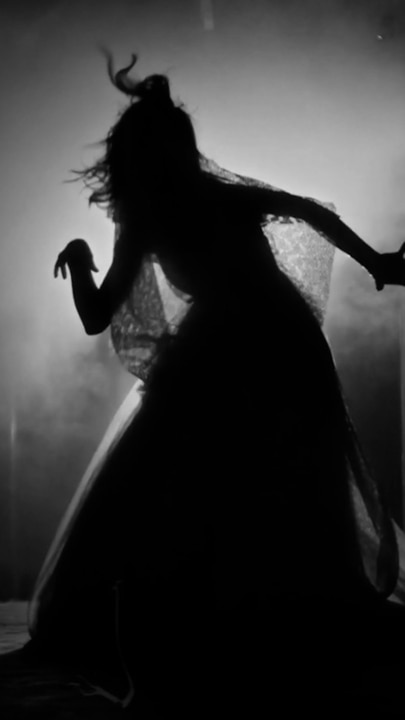
Rise of the ‘Insta Witch’
While a fascination with the occult is nothing new, witchcraft has never been as big, or as mainstream. But why? And why now?
“A huge part of the rising popularity is social media and the internet,” said Owlvine.
“It’s so easy to jump online and find information. Once upon a time, it was really difficult to find a willing teacher, or even get your hands on the few occult books available – now we have abundant information at our finger tips.”
Owlvine’s own journey to witchcraft began in childhood. Growing up in a conservative Christian environment in the southeastern suburbs of Melbourne, she began to question her parents’ religion and her place within it.
“I realised that every religion professed that they had ‘the one right way’ to god, which was incredibly confusing to me,” she recalled.
“But it caused me to look deeper, to question, and to wonder what the common denominators were, and from where the first religions began.”
But it wasn’t until, at the age of 24, she stumbled upon the online witching community that she began to explore witchcraft in earnest.
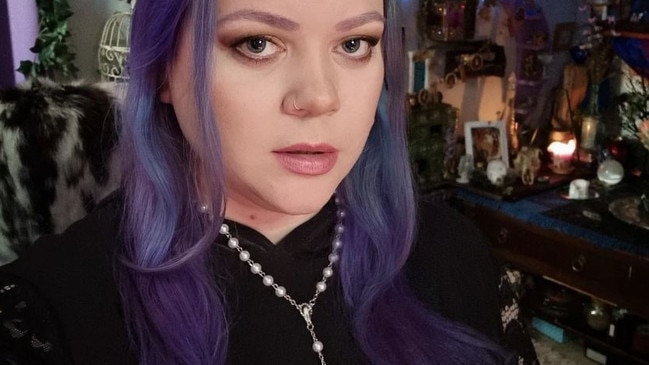
“At the time, I felt very alone,” she explained.
“I didn’t know anyone who was interested in magic but, thanks to YouTube, I discovered a community of like-minded practitioners, both in Australia and overseas.”
Since that day, Owlvine has become one of the most popular witches on the video platform, with close to 40,000 subscribers who tune in to see her vlog on a variety of subjects, from crystals and moon cycles to herbs and spell-casting.
Indeed, she is just one of a new wave of modern witches who are showcasing their passion for “the craft” via videos and posts covering spells, tarot cards, crystals, potions, clairvoyance and everything in between. And it’s this new crop of social media sorceresses who are primarily fuelling the resurgence of witchcraft in the country.
“When I started 30 odd years ago, there was a handful of books and no internet,” said spokesman for the Australian Pagan Network David Pan.
“And now information is so much more widely available. Anyone can find what they’re looking for online and through various social media channels and see what resonates with them.”
Witchcraft as seen on screen
The image of the witch has been a staple in pop culture for the last century, but it’s only in the last few decades that we’ve seen a major PR job done on the witch archetype.
Beautiful, political and environmentally-minded feminists, today’s witches are as far away from the clichéd old broomstick-riding hook-nosed hags of our childhood storybooks as you can get. And they can be found on big and small screens alike with ever-increasing frequency, with the likes of Sabrina, A Discovery of Witches and Mayfair Witches adding to the swag of older shows such as Buffy the Vampire Slayer, Harry Potter, Charmed and The Vampire Diaries.
There’s clearly a direct correlation between the increasing presence of fictional witches and the rise of real life ones.

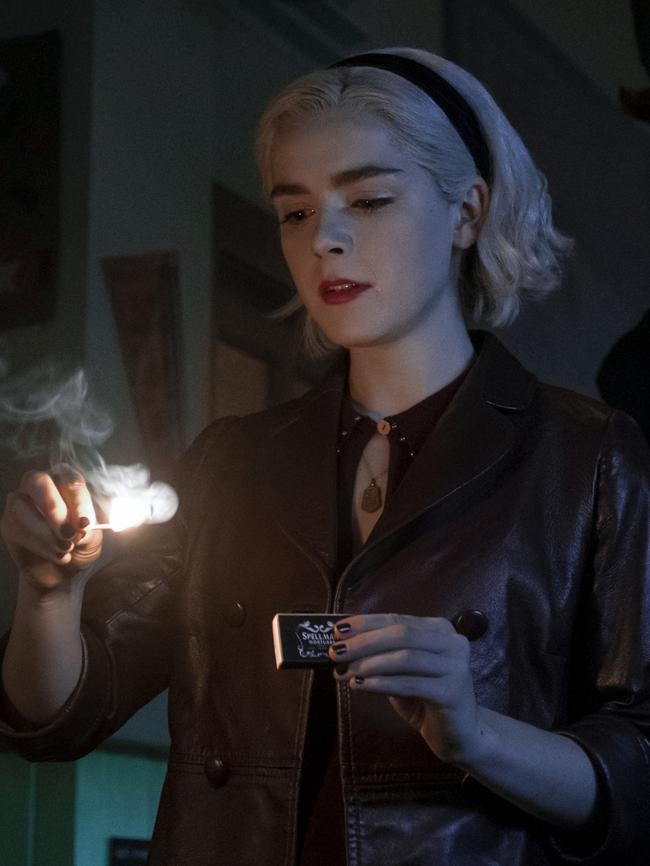
“I think pop culture has a massive part to play,” said Owlvine.
“In the past, movies and TV shows often cast the witch as hugely unsavoury characters. Now we’re seeing witches depicted as young, modern people we can relate to.”
David — who has been practising witchcraft for more than 40 years — also believes that the popularisation of the witch on screen has been one of the biggest factors in the explosion of interest both in witchcraft and the occult in general.
“The first biggest explosion of interest, I remember, was back when The Craft movie came out,” he said.
“The internet was new and there were all types of ways to access information. Every second contact I got back then was from some young girl wanting to change the colour of her eyes or hair with magic.”
A rejection of organised religion
The fastest-growing religion in the western world is, in fact, no religion at all.
The 2016 Census showed that “religious nones” now make up a quarter of the population (a huge change from 50 years ago, when 88 per cent of the population identified as Christian).
Clearly, organised religion has fallen on hard times.
But with archaic, dogmatic institutions built on judgment and hellfire, is it really surprising? And while interest in traditional religions is decreasing, interest in pagan and nature-based faith systems (including witchcraft) is on the rise — more than 33,000 people claimed an affiliation with a nature religion, including paganism and Wicca.
“Many people have been returning to the ‘old ways’ as they have become disenfranchised,” David said.
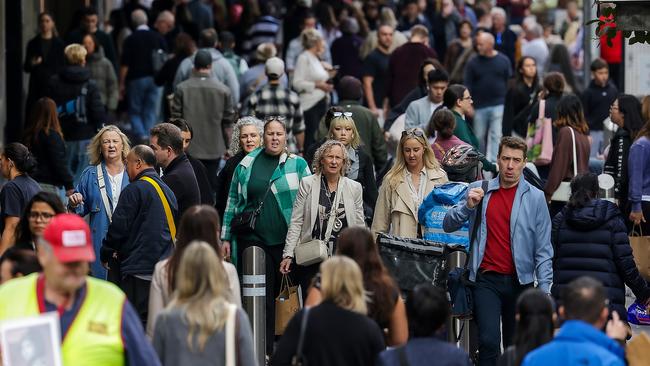
“Both with organised religions, and the corruption within them.”
The clear distinction with witchcraft is that it isn’t a religion. You can practise any religion and still practise witchcraft. And while there’s no formal religious texts or Ten Commandments equivalent, Wicca has what’s known as the “threefold law”, which roughly states that whatever energy you send out will come back to you three times over.
“A common misunderstanding is that all witches are all the same,” added Owlvine.
“Some witches do consider it their religion, but many don’t. Witches come from all walks of life: rich and poor, male and female, young and old — anyone can be a witch.
“Witchcraft is a fluid path, as I grow as a person I am able to weave who I am and what I’m learning in to my magical practice. I think people are hungry to bring all of that into their spiritual lives too, rather than simply following someone else’s rules.”
The appeal of hocus pocus
A big part of the obvious appeal in the mystical world of the witch is the ability to perform spells. After all, with the potential to attract love, money, or success — all by uttering a quick “abracadabra” or by carrying the right combination of crystals — it’s easy to see why many jump on the witch bandwagon.
“One of the most common questions I’m asked when people find out that I’m a witch is: ‘do you cast spells?’” said Owlvine.
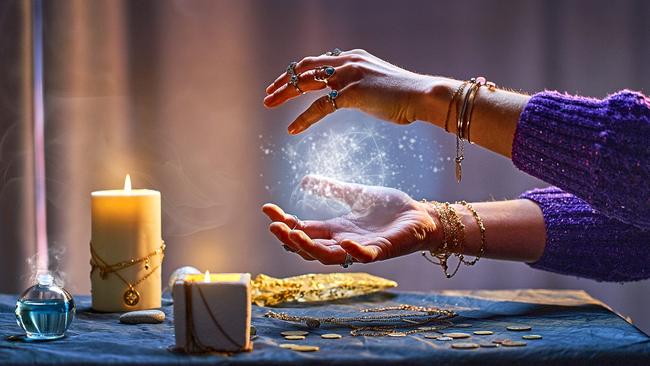
“After all, who wouldn’t want to be able to cast a spell with the flick of a magic wand?”
Magic and the magic aesthetic — as evidenced via the trending #witchesofinstagram hashtag (which currently has more than 10 million posts) — is a big part of the appeal of being a witch. But the importance of casting spells differs in the practices of witch to witch.
“Spells play a fairly large part in my practice,” added Owlvine.
“How often I cast depends on what’s going on in my world at the time and what I need. Most often I do spells that relate to protection for me and my family, creating harmonious atmospheres, for focus in study and work, or to help support me in achieving my goals. “Modern witches are all about harmony and not about claiming external power over others.”
The future of witchcraft
With social media posts increasing daily and online occult sites and courses skyrocketing, it’s clear that the modern-day version of the witch is here to stay. And in a world as stressful and turbulent as ours — one in which our search for meaning and control is becoming more and more urgent — it’s understandable.
Witchcraft offers both a community and the potential to harness control in a world that it is increasingly fraught and fractioned.
“Witchcraft has completely shifted the way I live my life and view myself,” Owlvine explained.
“Before coming to the craft I was incredibly anxious, depressed and had a strong victim mentality. Now I understand how much power I actually have over my experience in this life. “I know that when times get tough, I have tools that help me get through difficulties. I am a completely different person to who I was five years ago, and all for the better.”
But despite witchcraft having gone global, there’s unfortunately a lot of stigma still attached and “coming out of the broom closet” is a rite of passage that many witches must go through.
“I have experienced people who are curious and excited to know that I’m a witch,” said Owlvine.
“But on the other hand, I have met some very narrow-minded people who have reacted in a negative way towards me. However, I’m lucky that my husband and my teenage son accept me for who I am.”
Paul Ewart is a freelance writer | @_paulewart
Originally published as Modern-day witchcraft is on the rise in Australia as support for organised religion plummets



